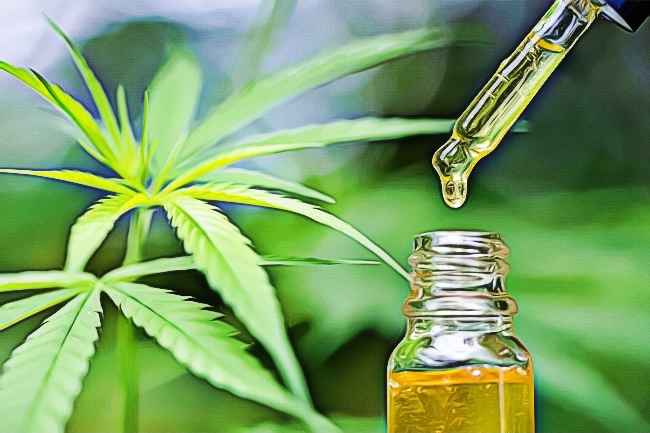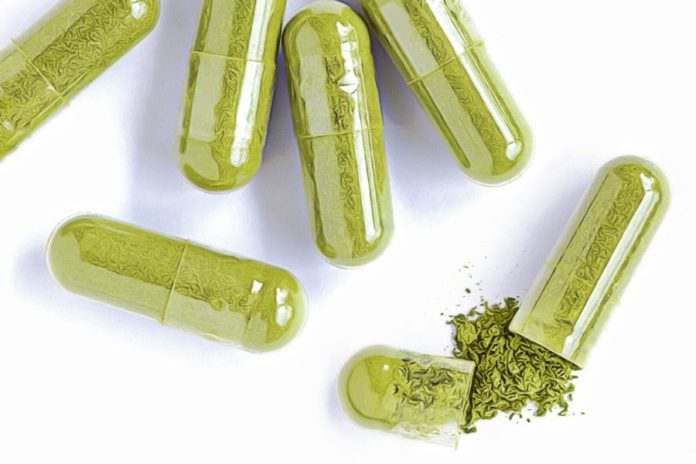Given the widespread campaign to consume more natural products, people have begun exploring other ways to get the nutrients and benefits they need without resorting to synthetic solutions. One plant that has gained extra attention lately is the kratom, a tropical evergreen tree found in the coffee family.
By itself, kratom is full of benefits, especially for those dealing with pain. However, some have experimented with the substance by mixing it with CBD, which purportedly brings even more soothing effects. While it can result in even more pain relief, it’s essential to take caution when mixing substances, as they can result in serious outcomes. Here’s what you need to know about kratom and CBD:
What Happens When You Mix CBD With Kratom?
Many people have mixed CBD and kratom due to their similarities. They both derive from plants and contain active chemical compounds that produce calming, euphoric, and pain-relieving effects. They’re also said to help alleviate anxiety and soothe inflammation, which is why they’re preferred by those who deal with chronic pain. Both substances are also tolerated in high doses and produce few side effects, if at all. They become dangerous only when they’re sold with fillers or adulterants and deemed to be high-quality when tested at a third-party lab.
However, CBD and kratom also have some differences. CBD is non-intoxicating, while kratom is known to produce mild intoxication-like sensations. Additionally, CBD attaches itself to the endocannabinoid system and thus targets endocannabinoid receptors, whereas kratom targets u-opioid receptors. Lastly, CBD is often sold as oil, while kratom is usually available in powder form.
People often consume kratom products to reduce pain and improve symptoms of anxiety and depression. They also use it to increase their energy levels, feel less tired, and manage symptoms of opioid withdrawal. When combined with CBD, the effects of relaxation, a mood and energy boost, pain management, and sedation increase even more. However, it’s important to note that there isn’t any clinical evidence that supports the reported benefits of mixing the two substances, so it’s best to approach this with caution.
What is Kratom?
Kratom, also known as Mitragyna speciosa, is native to Southeast Asian countries such as Thailand, Myanmar, Papua New Guinea, and Malaysia. It plays a vital role in these cultures, as it has been used in herbal medicine since the nineteenth century due to the leaves’ stimulant-like effects and opioid properties. It has also been used as a sedative and is reportedly effective in treating chronic pain, digestive ailments and helping opioid dependents withdraw from the substance successfully.
Kratom’s main active ingredients are alkaloids, specifically mitragynine and 7-hydroxymitragynine. Some evidence suggests that these alkaloids have analgesic or pain-relieving, muscle relaxant, and anti-inflammatory effects. For these reasons, it is often used to relieve symptoms of fibromyalgia.
To make the plant more ingestible, farmers take the plant’s dark green leaves, dry or crush them, or turn them into powder. Some have created fortified kratom powders out of the leaves, which usually have a green or light brown color, containing extracts from different plant species. Kratom is available as a paste, tablet, or capsule. It’s often used in the United States as a tea to self-manage pain and opioid withdrawal, although there aren’t enough trials to understand its health effects. Additionally, kratom has not been approved for medical use.

What are the Effects?
When taken at low doses, kratom can work as a stimulant, bringing more energy to those feeling lethargic and helping them become more alert and friendly. However, kratom acts as a sedative at higher doses while producing joyous, euphoric effects while numbing emotions and sensations.
A few grams is enough to induce the effects of a small dose, which occurs within ten minutes after ingesting it and lasting up to an hour and a half. The effects include reduced motor coordination, giddiness, alertness, a decreased appetite, heightened libido, and sociability. Many users find these effects to be pleasant, although some have felt an uncomfortable sensation of anxiety and agitation. The main stimulant-like effects of kratom have been likened to amphetamine, although not as strong.
On the other hand, a higher dose, which is between 10 and 25 grams, produces a sedative effect. Even a moderate amount at five grams can make a person begin to feel drowsy. It makes the user feel calm and euphoric, which can last up to six hours. They produce opioid-like effects that are not as strong as opioid drugs, and some users have said the experience to be unpleasant. Some effects include drowsiness, cough suppression, analgesia or pain reduction, dreaminess, and a reduction in symptoms of opioid withdrawal. However, it can result in a loss of consciousness and extreme sedation at doses higher than 15 grams.
What are the Side Effects?
There are many side effects associated with taking kratom. These range from mildly inconvenient to severe and dangerous. Like the intended effects above, the side effects depend highly on the dose taken, and they’re often similar to opiates and stimulant drugs. The side effects include itching, dizziness, sweating, nausea and vomiting, constipation, small pupils, blushing, tremors, and loss of motor coordination.
Fortunately, severe toxic effects are rare, although there isn’t much information available to determine the real danger of kratom use. The most severe adverse side effects of kratom occurred at doses higher than 15 grams and include seizures.
The dangers of kratom use are more prevalent in Krypton, an herbal product advertised as a very potent form of the plant. However, Krypton combines kratom and a chemical called O-desmethyltramadol, a metabolite of the pain medication tramadol or Ultram. When combined, they increase kratom’s depressive effects on the central nervous system. Krypton has been accused of causing several deaths in Sweden, so it’s best not to mix kratom with other substances.
What are the Short-Term Effects?
Kratom contains a unique mix of chemicals, which means its short-term effects are complicated and irregular. It has the remarkable ability to be both a sedative and a stimulant depending on the dosage taken, and users have reported vastly different experiences with the drug even on the same dose. For this reason, it is difficult to determine what the short-term effects are, especially as there haven’t been many clinical studies on it.
On the other hand, there are some strange long-term effects associated with kratom. These include the darkening of facial skin or hyperpigmentation, psychosis, anorexia, and weight loss. However, current evidence does not indicate that long-term kratom usage harms the organs or other body parts.
Conclusion
There is much anecdotal evidence about the advantages of combining CBD and kratom. Once researchers have carried out proper clinical studies on the effects, they can officially testify to its benefits and drawbacks. However, since there isn’t enough research about the interactions between the two, taking CBD and kratom may result in possible harmful effects. Without knowing the effective and safe dosage, it’s best to avoid mixing CBD and kratom unless authorized by your doctor.
Sources:
https://www.fda.gov/news-events/public-health-focus/fda-and-kratom
https://www.dea.gov/sites/default/files/2020-06/Kratom-2020_0.pdf
















